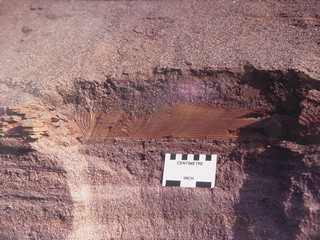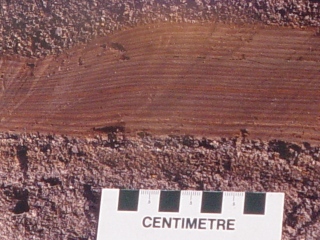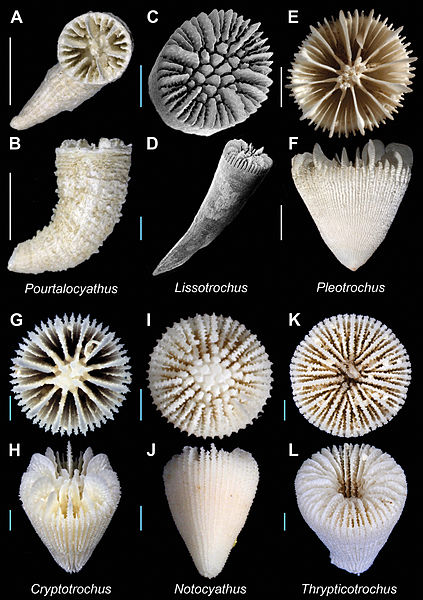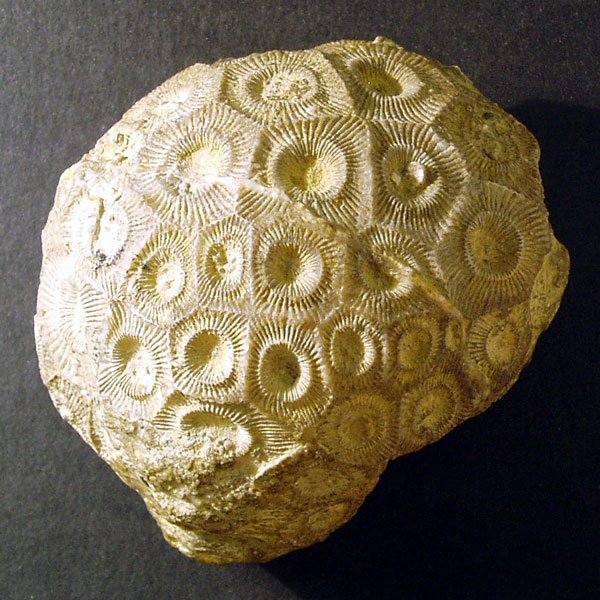Lordking,
I read your post and I believe I am in a good position to give you an honest analysis of the arguments in your essay. I also provide at the end some tips on how to improve your debating skills.
My name is Daniel. I was raised Catholic. As a teen I spiritually choose Daoism (Asian philosophy or religion). My purpose is to improve your debate position.
Lordking wrote: 1)
Mathematics vs Evolution: The probability of chance
a) The estimated probability of life forming by chance is 1 in 10^39970th power.
RESPONSE: How can we check on that to see which scientists believe that? I have done several internet searches and I see 1 in 10^39970th power given by
The Tackle Box Inc(a)
. on Facebook.com and
David Boarman’s letter to Fox News(b) Help Desk. But this “probability of chance” argument seems to have started in Russia based on the magnitudes given, by
Babu G. Ranganathan(c). The basic argument seemed to have originated by British scientist
Frederick Hoyle(d) Published in his 1982/1984 books Evolution from Space (co-authored with Chandra Wickramasinghe), Hoyle calculated that the chance of obtaining the required set of enzymes for even the simplest living cell without panspermia was one in 1040,000. Since the number of atoms in the known universe is infinitesimally tiny by comparison (1080), he argued that Earth as life's place of origin could be ruled out.” Cosmology: Various sources estimate the total number of fundamental particles in the observable universe to be within the range of 1080 to 1085. However, these estimates are generally regarded as guesswork.” Yeah those are some
big numbers(e), but we do not have to fear them.
(a)
(b)
https://www.facebook.com/david.boarman?fref=nf
(c)
http://english.pravda.ru/science/mysteries/27-09-2010/115095-atheism-0/
(d)
http://en.wikipedia.org/wiki/Fred_Hoyle
(e)
http://en.wikipedia.org/wiki/Orders_of_magnitude_(numbers)#1042_to_10100
Moreover, science does not “do” chance, it does or uses probability. The words chance and probability are closely related, but not the same thing.
Chance is an everyday word used in a situation where we are talking about an event taking place whereas probability is a precise measurement of that chance.
Probability is a special branch of mathematics that helps people decide the percentage of likelihood of an event taking place whereas chances of an event taking place in daily life are merely opinions.”(f)
(f)
http://www.differencebetween.com/difference-between-probability-and-vs-chance/
The word “chance” is not used in science, science uses the mathematical term probability and statistics not luck. The term “chance” comes from the Greek Goddess
Tyche(g) (Roman Goddess
Fortuna(h)). In Vulgar Latin
*cadentia "that which falls out," a term used in dice, from neuter plural of Latin
cadens, present participle of
cadere "to fall," Old French
cheance "accident, chance, fortune, luck, situation, the falling of dice." "to come about, to happen.”
(g)
http://en.wikipedia.org/wiki/Tyche
(h)
http://en.wikipedia.org/wiki/Fortuna
The probability of a “life occurring” (abiogenesis) is unknowable at the present time.
The chance of a “life occurring” with our present scientific knowledge is once every 2 and half billion years after the big bang. Life began 3.5 billion years ago. According to the Big Bang the universe started 13.8 billion years ago. Subtract 3.5 billion from 13.8 billion (13.8 – 3.5) equal 10.3 billion years. We have only one example of abiogenesis, earth. So we can say the chance of life occurring 1 in 10.3 billion. However, as a member of a species that has never visited another planet, it would be assumptious (assuming) to believe non-terrestrial life does not exist elsewhere. Also, because of all the unknowns it is impossible to calculate the probability of life occurring.
Lordking wrote: b) My proposal is, if chance were responsible for creation, creation would happen constantly.
In science a proposal needs to be in the form of a question. Permit me to re-write your statement in the form of a question, “If chance were responsible for creation, would creation happen constantly?”
Question for Lordking, do you believe I have clearly, accurately, and precisely converted your statement into a question? Please feel free to re-write the question anyway you wish.
The
Cosmic Calendar is a method to visualize the vast history of the universe in which its 13.8 billion year lifetime is condensed down into a single year. In this visualization, the
Big Bang took place at the beginning of January 1 at midnight, and the current moment is mapped onto the end of December 31 at midnight. Let us look at a
Cosmic Calendar to help visualize the amount of time humans have been around to make predictions and
retrodictions.
(h)
http://en.wikipedia.org/wiki/Big_Bang
(i)
http://en.wikipedia.org/wiki/File:Cosmic_Calendar.png
(j)
http://en.wikipedia.org/wiki/Retrodiction
Lordking wrote, “The Big Bang is not just a religious worldview that gives a viable explanation to an irrational concept.”
RESPONSE: Science is not religion, statements are not made at a whim, and it is a contradiction to think that a viable scientific explanation is irrational.
Lordking wrote: “I understand if you can explain why it did happen and can't happen now, but I'm looking for scientific evidence, including real observations by scientific investigations which explain why creation, without intelligent interaction, only occurred once…”
RESPONSE: The
Big Bang theory(k) is the prevailing cosmological model for the universe from the earliest known periods through its subsequent large-scale evolution. It states that the universe was in a very high density state and then expanded. If the known laws of physics are extrapolated beyond where they are valid there is a singularity. Modern measurements place this moment at approximately 13.8 billion years ago, which is thus considered the age of the universe. After the initial expansion, the universe cooled sufficiently to allow the formation of subatomic particles, and later simple atoms. Giant clouds of these primordial elements later coalesced through gravity to form stars and galaxies.
(k)
http://en.wikipedia.org/wiki/Big_Bang
Similar to an explosion, until all the mass and energy of the universe becomes a “very high density state,” in other words pressed back together again so tight that all space and time in the universe is reduced to the size of a basketball. Then internal pressure becomes so strong the universe and time spews forth once again. Unfortunately the universe is expanding, and every day a little bit faster.
So how does the universe return to the state of the Big Bang again? To understand that would require understanding what created the conditions of the Big Bang.





